Car won’t start? The dreaded dead battery strikes again. But don’t panic or envision a massive garage bill just yet! Replacing a car battery is often quick and straightforward, even if you’re not a seasoned DIYer. With the right tools and a bit of guidance, you’ll be back on the road in no time. Here’s how to do it!
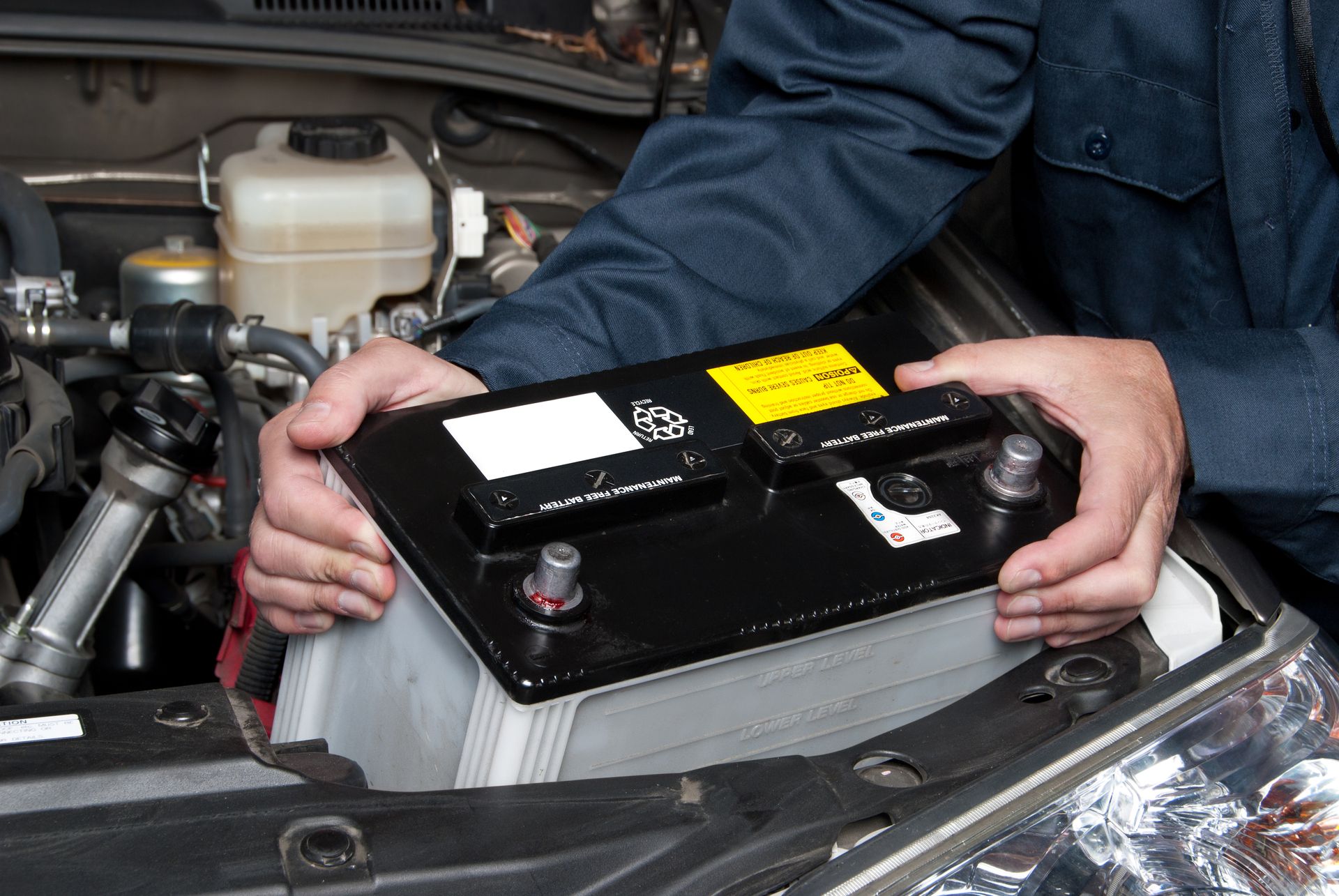
Car won’t start? The dreaded dead battery strikes again. But don’t panic or envision a massive garage bill just yet! Replacing a car battery is often quick and straightforward, even if you’re not a seasoned DIYer. With the right tools and a bit of guidance, you’ll be back on the road in no time. Here’s how to do it!
When should you replace your car battery?
Like many parts of your car, the battery won’t last forever. Frequent discharge, mechanical damage, poor connection, or just old age can cause it to fail. But when is the right time to replace it?
There are a few schools of thought on when to buy a new battery. One approach is the regular replacement after a set period of time. On average, a battery lasts about four to six years. Regular maintenance can stretch that lifespan.
Alternatively, you can watch for the first signs of reduced performance. If your engine struggles to start – especially at night when revs drop – this might mean your battery isn’t providing enough power. Another way is to check the brightness of your headlights. Switch on the ignition without starting the engine. If the lights dim significantly, your battery’s charge is low.
Both methods require a bit of intuition and aren’t super precise. To get accurate results, use a tester. Measure the voltage to assess the battery’s condition.
Test the battery in the morning when it’s been resting for a while and the engine is off. At rest, the voltage should be at least 12.4 V. Once the engine is running, this should increase to 13.8–14.8 V. If the tester shows less than 10 V when idle, it’s time for a replacement.
There’s another method for testing your battery’s health, but it’s best left to professionals. This involves checking the electrolyte level – the liquid inside the battery. Remove the cap and inspect the electrodes. If they’re exposed, top up with demineralised or distilled water. The liquid must be clean and shouldn’t exceed the MAX mark!
Once the electrolyte’s topped up, check its density. This measurement reveals the battery’s condition. You’ll need a hydrometer for this. The ideal density is around 1.28 g/cm³. If it’s 1.15 g/cm³, replace the battery. Ignoring this could lead to damage or dangerous electrolyte leaks.
Sometimes, though, a new battery isn’t necessary just because your car struggles to start. A quick repair of the starter motor or alternator might fix the issue. Usually, though, you’ll need a reliable charger to refresh the battery. Make sure you follow the charging instructions for your specific model, so you don’t end up needing another new battery in a fortnight.
Step-by-step guide to replacing a car battery
Here’s how to replace your car battery! The steps vary depending on your vehicle. It’s pretty straightforward for older cars, but newer models can be trickier. We’ve got you covered for both scenarios.
Step 1: Prepare your car for the swap
Start by choosing a suitable workspace. Park on a flat surface, away from open flames. If your car is on a slope, the electrolyte could spill. Near fire, escaping hydrogen from the battery cells could ignite. Remove the key from the ignition and engage the handbrake.
For newer vehicles, check if the software includes an identification system. If it does, log the battery into the car’s computer before removing it. Skipping this step might reset the radio, disconnect receivers, damage the starter, or cause rapid discharge.
Step 2: Disconnect the old battery from the car
Disconnecting the old battery needs to be done in the right order. Start by unscrewing the negative terminal, then the positive. If they’re stuck, gently wiggle them side to side, then wipe the battery terminals clean.
Before disconnecting, gather the essential tools, such as an unpinning tool. Use these tools to remove the terminals and handle any electrical connections, especially if there’s heavy corrosion.
The battery is fairly heavy, so lifting it out will require some effort. Avoid rocking it. If the case is damaged, you could risk coming into contact with corrosive electrolytes.
Step 3: Connect the new battery to the car
Reconnect the battery in reverse order from how you disconnected it. Secure the positive terminal first, then the negative. Tighten the clamps firmly, but don’t overdo it – too much force can damage them, meaning you’d need replacements.
As you can see, replacing a battery isn’t too much effort. While it’s simpler than swapping out a clutch, make sure to follow these steps carefully to properly connect the new car battery when the old one’s given up.
A handful of tips: What to watch out for when replacing a battery
You now know how to replace a car battery, but there’s always room for improvement! Here are some handy tips to make the process safer and more effective.
Always use safety goggles and protective clothing. Leaking electrolyte is no joke. Keep it away from your eyes, mouth, or skin.
If electrolyte gets into your eyes, rinse them immediately with plenty of clean water. If swallowed, drink lots of water or milk – but don’t induce vomiting! For skin contact, neutralise it with baking soda, lye, or a water-ammonia solution. In all cases, seek medical attention straight away.
Rechargeable batteries are hazardous, both for you and the environment. Never throw them in the regular bin! Dispose of them properly to prevent environmental harm. Many retailers that sell car batteries also accept old ones for recycling. Drop them off, and the staff will handle the rest.
Want to make your battery last longer? Easy – just follow these tips:
- Avoid short trips: Starting the engine uses a lot of power, and the alternator recharges the battery while driving. On short trips, the alternator doesn’t have enough time to recharge the energy used for starting, so the battery gets drained.
- Charge wisely: When connecting a charger, avoid setting the current too high. Overcharging can shorten the battery’s lifespan. Avoid overloading it too.
- Keep it clean: Wipe away dirt from the case and terminals to prevent damage.
- Secure it properly: Ensure the battery is tightly fixed under the bonnet. Any vibrations, knocks, or movement could damage the case.
Finally, regularly inspect your battery’s condition. This way, you’ll know if it’s time for a new one or if the old one just needs a recharge.
A new battery means new energy. Time to hit the road!
Knowing how to replace a battery is handy for both private and professional reasons. With our tips, you’ll have the job done in no time.
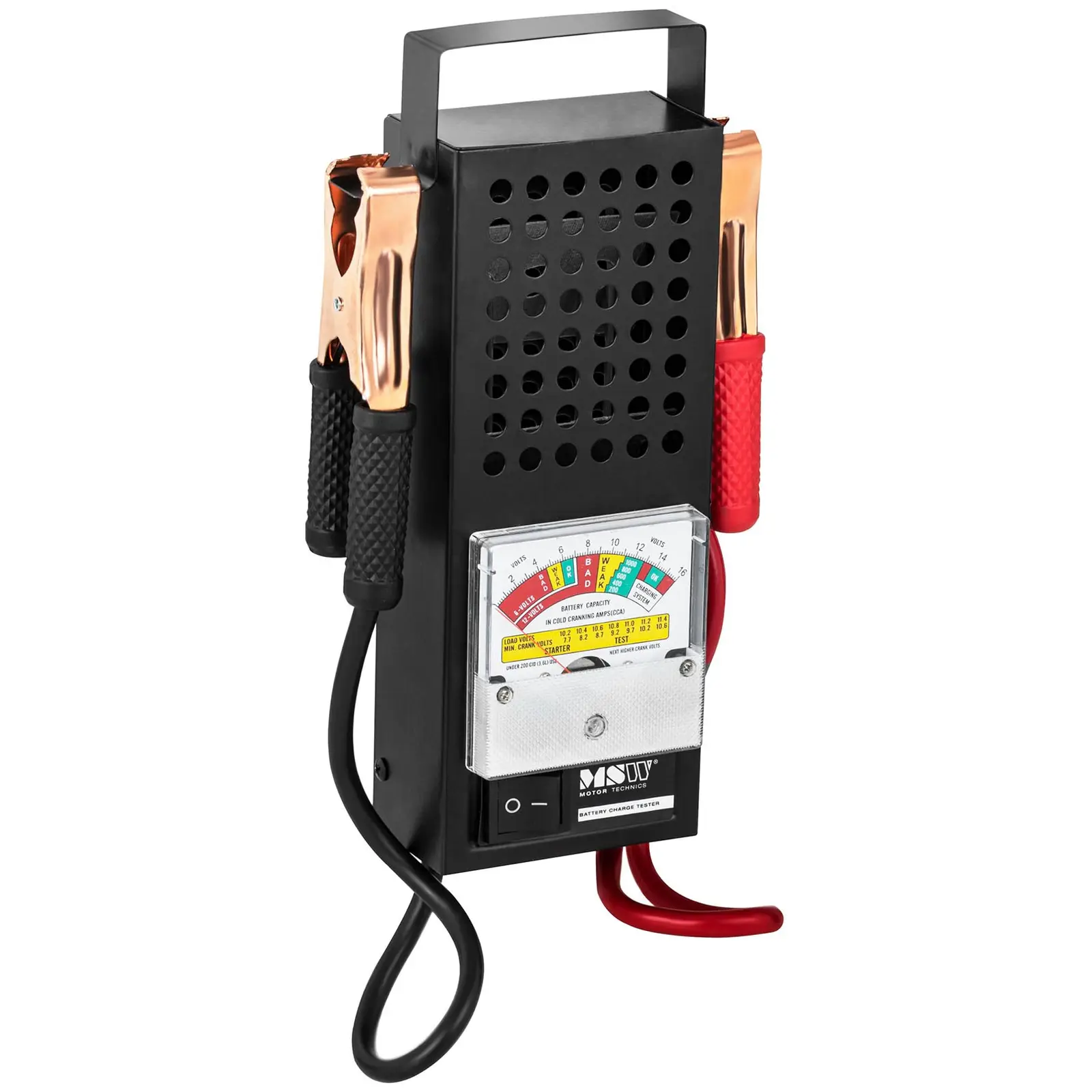
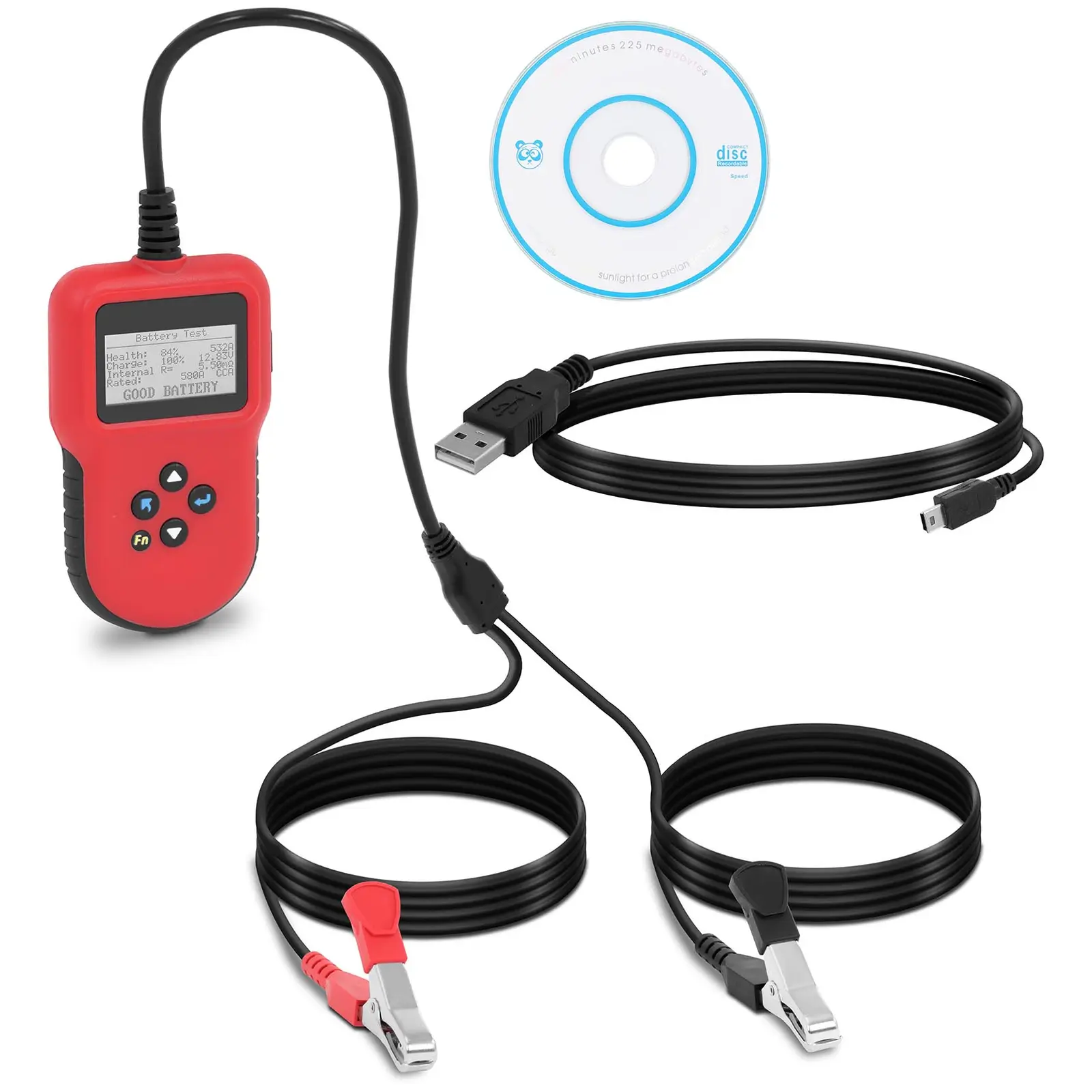
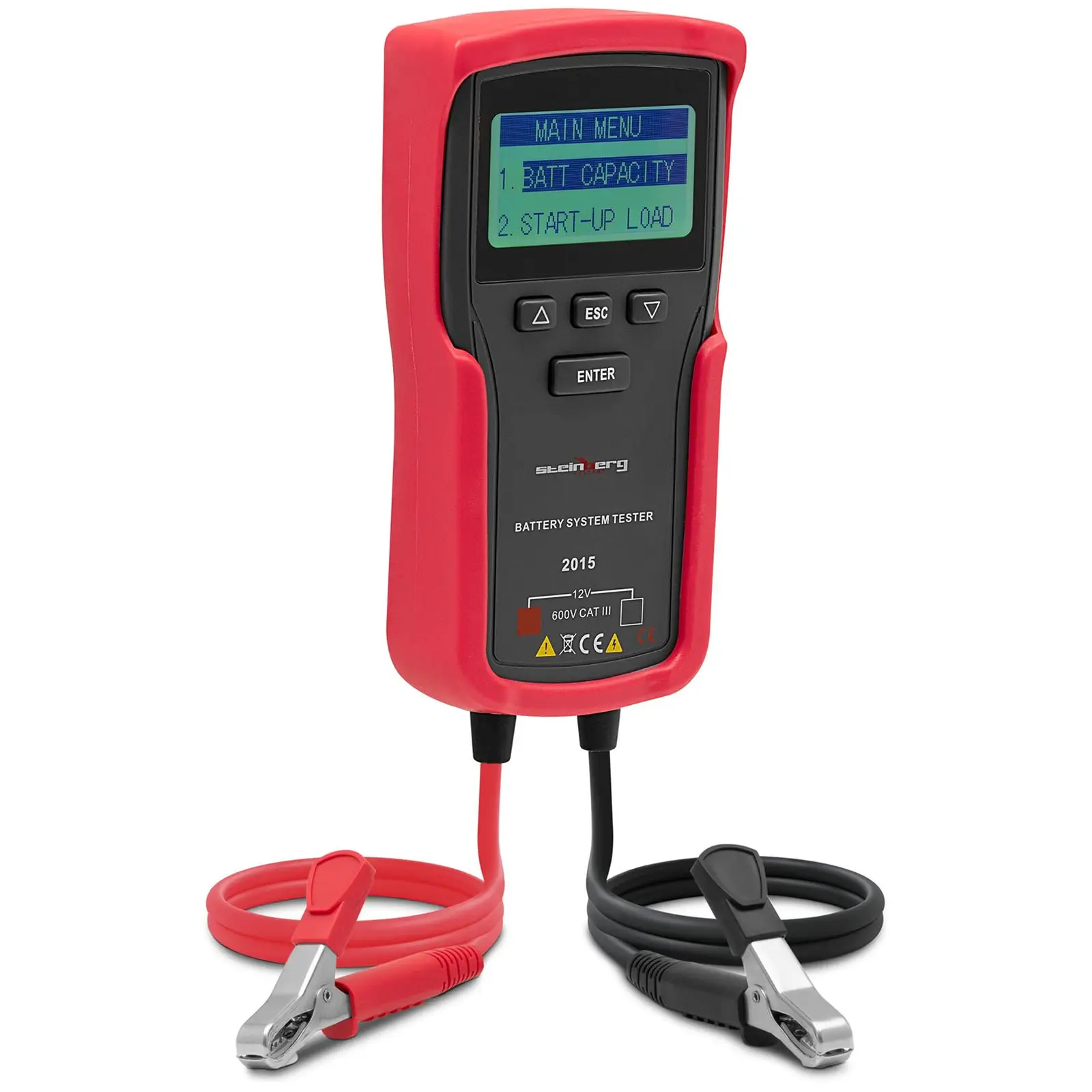
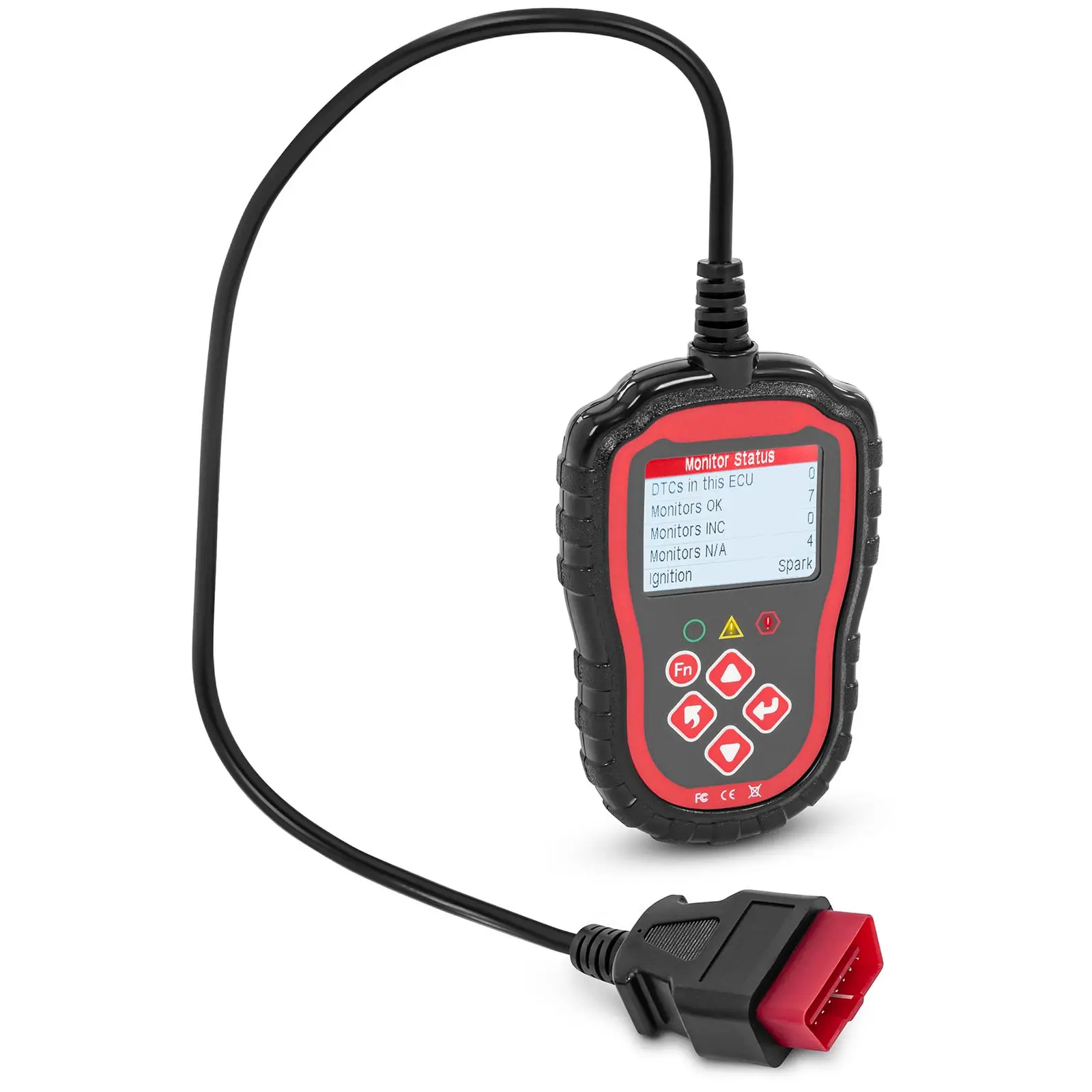
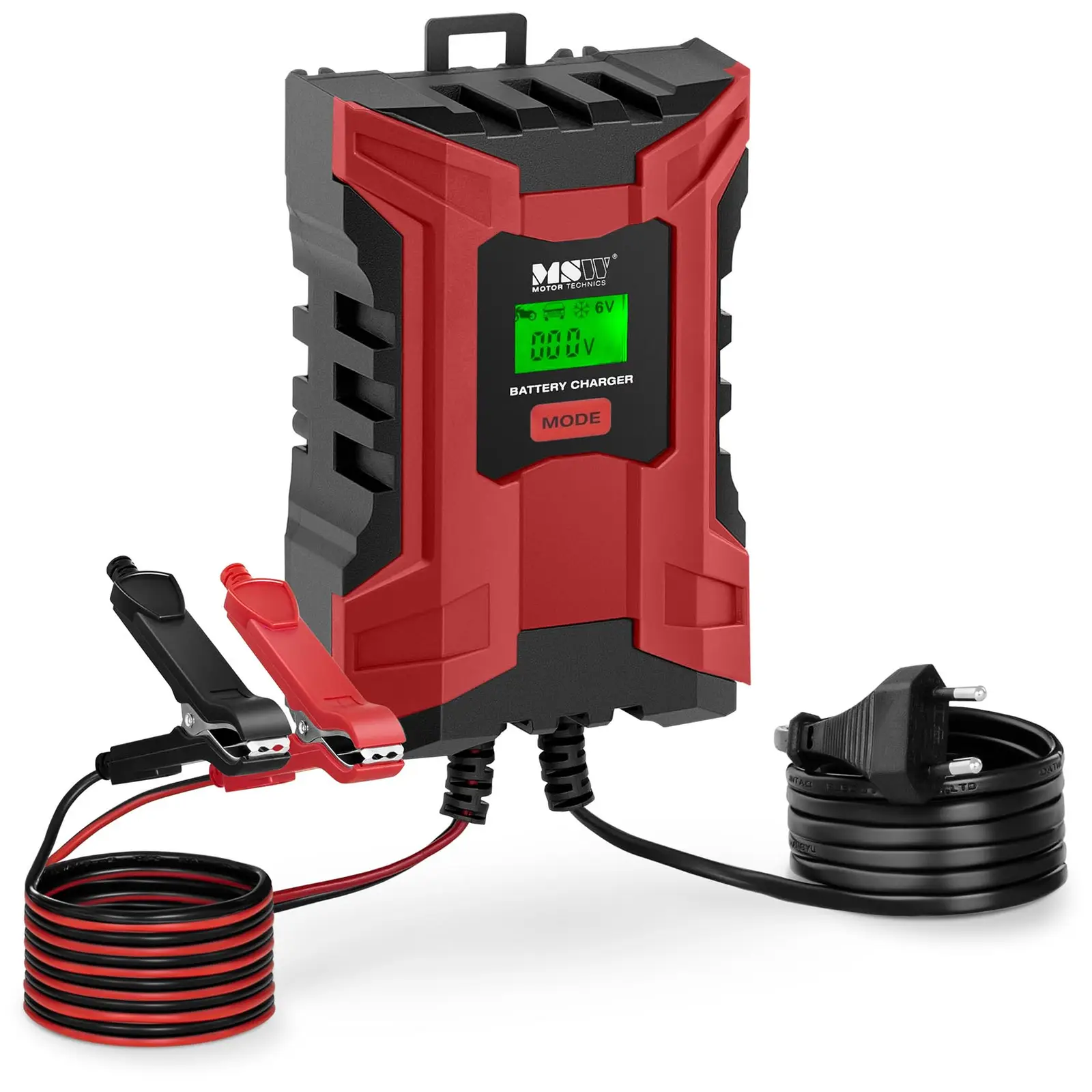









Share